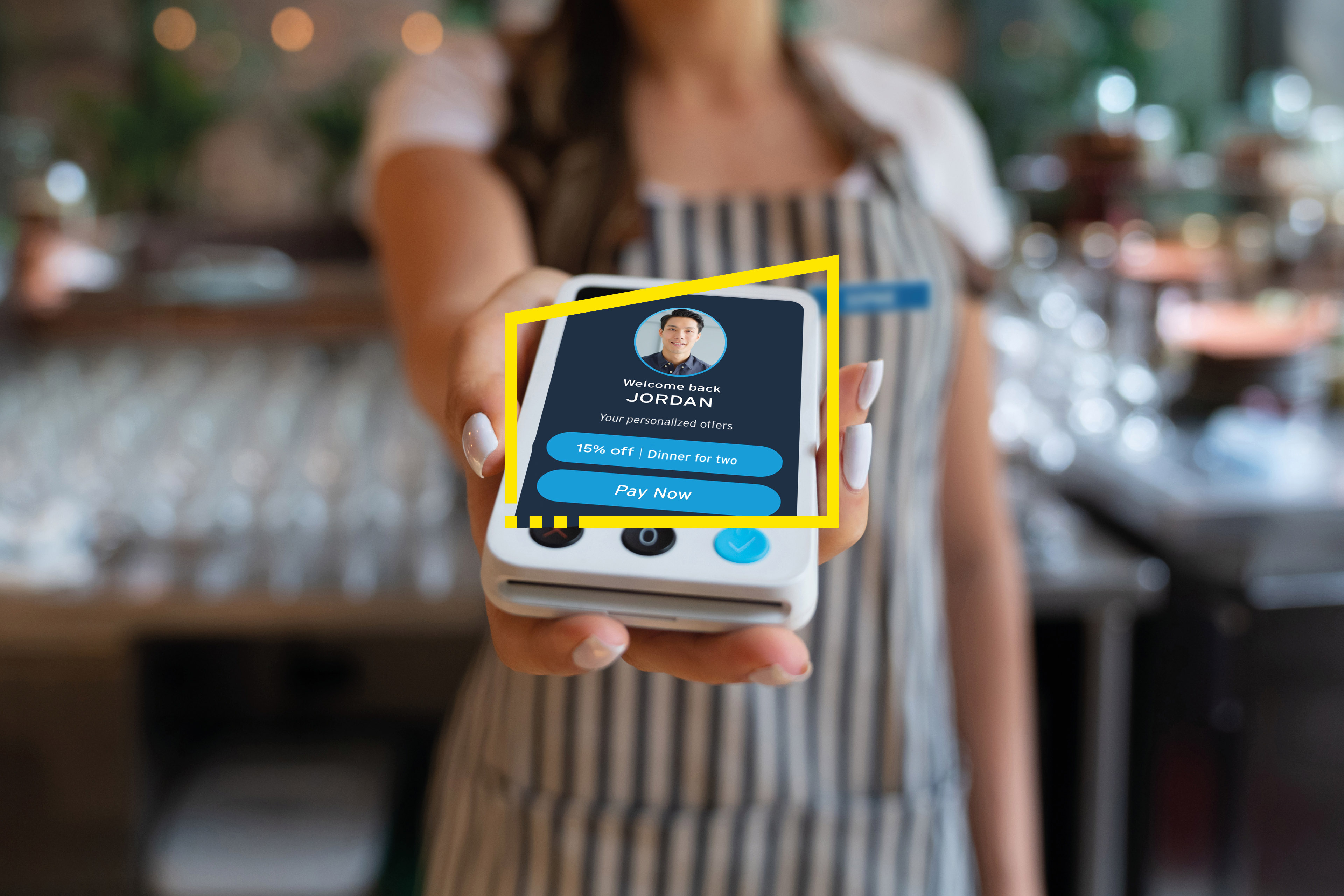In the past, consumers were limited to aspirations in the physical world. For a new generation of consumers, virtual goods and experiences may be as desirable and “real” as physical ones. The metaverse opens up opportunities for CPR companies to expand into it by developing products and experiences that transcend the virtual and physical worlds. This creates opportunities to address new needs and define additional usage occasions for a company’s products and services. Marketers will need to consider how to use the metaverse to continue building brand appeal, usage and loyalty.
In addition, the metaverse will undoubtedly change the way we engage with one another — privately and professionally. For companies, this offers the opportunity to leverage new technologies such as augmented reality (AR) as they innovate how consumers interact with their products in the physical world. This is also an opportunity for companies to build their presence in virtual reality (VR) into the primary channel for direct-to-consumer interaction. The areas for consumer interaction across AR and VR can range from product education and service provision to community building and product cocreation.
Finally, the way that we consume will fundamentally change with the maturing of the metaverse. We can already see the emergence of a digital economy. Games in the metaverse, which allow the creation and collection of assets that may be traded inside or outside the game, have started to pave the way. But we also increasingly see non-gaming companies experimenting with virtual products and experiences. Fashion brands are launching shoe and clothing items for avatars, artists are conducting concerts in the metaverse and art galleries are holding purely digital exhibitions.
Across all these areas, we expect the metaverse to play a central role in a “new omnichannel” experience, in which the delineation between the metaverse and the physical world becomes increasingly blurry: from products that coexist in physical and virtual forms and interactions that may seamlessly move across channels to points of purchase and consumption that move from virtual to physical and vice versa.
Leading CPR companies will have to start experimenting with the emerging possibilities of the metaverse. Building the new omnichannel experience will be a cross-functional effort from strategy to product development and marketing, incorporating new blockchain-enabled technologies and new means of payment.
What we are witnessing is just the beginning of the future of CPR. To get ahead of disruption, CPR players must redesign their business around how people will want to lead their lives and redefine how they serve consumers along changing and diverse consumer journeys. They also need to look at their business through a non-traditional lens and embrace the next big bet on “meta-retail” quickly to stay ahead of competitors.






